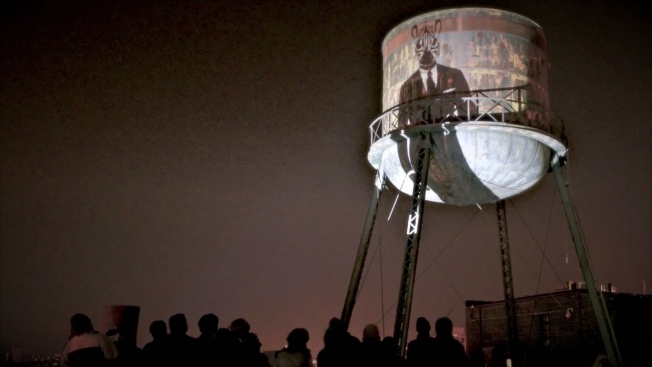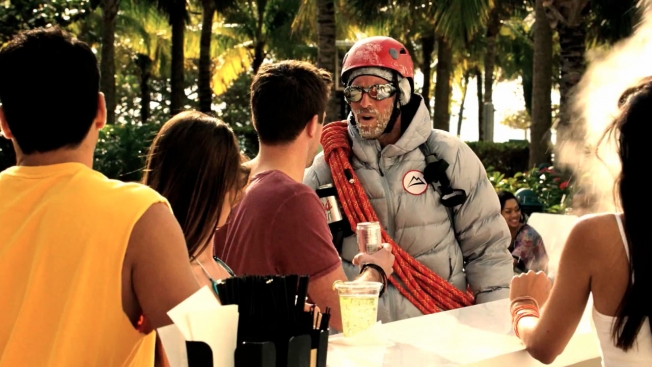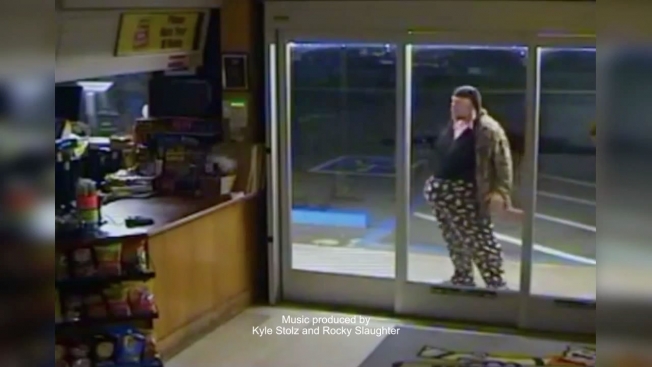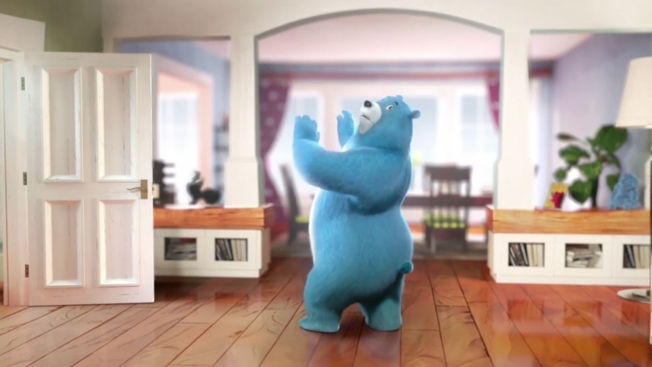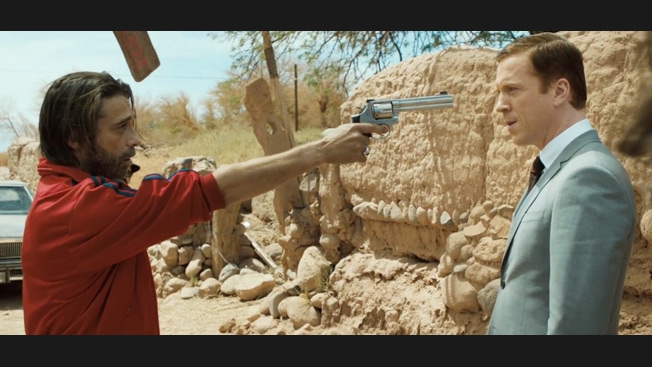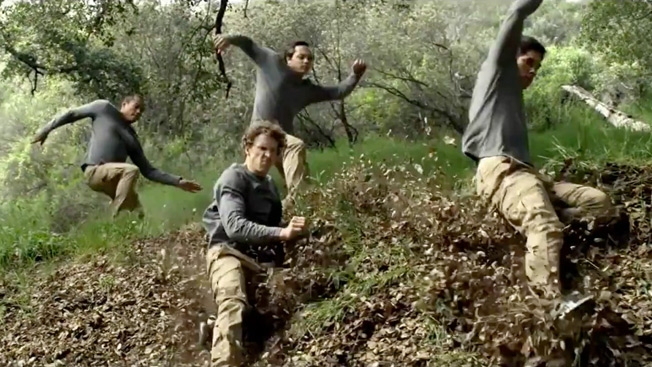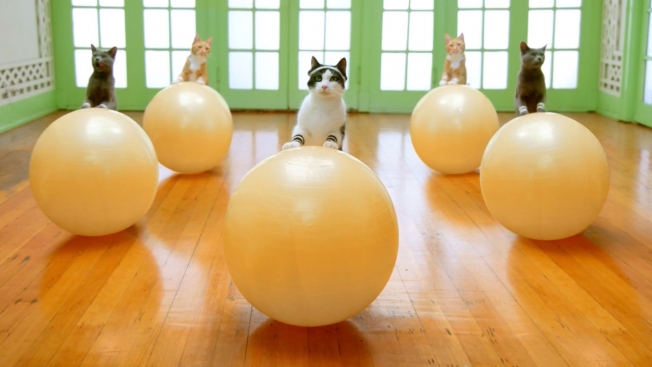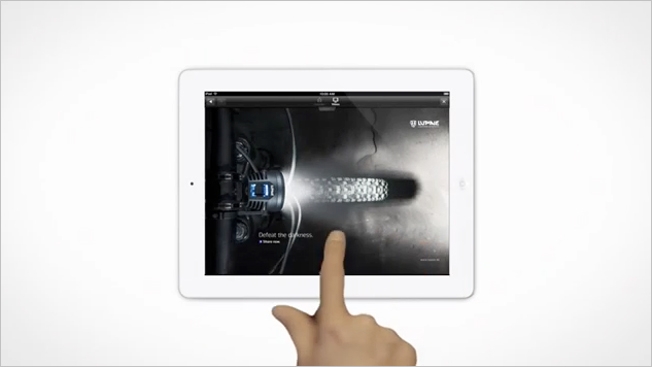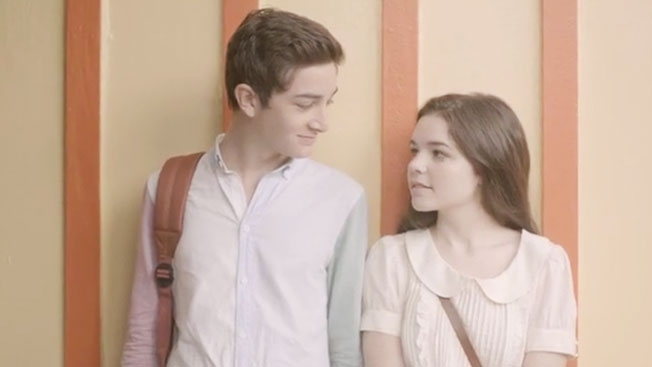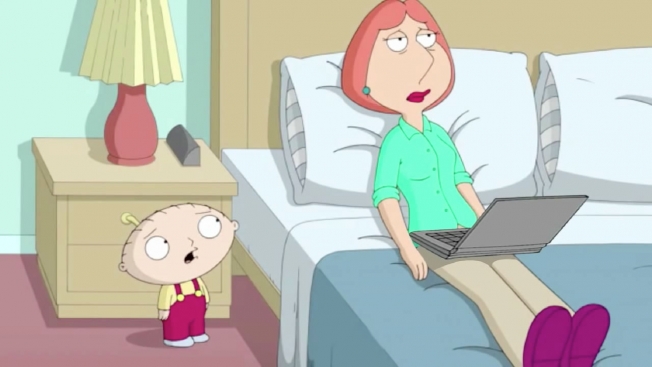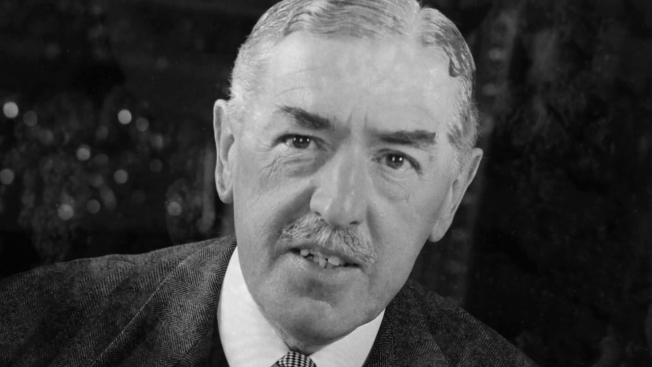![]()
Tugging at the heartstrings: an eternal tactic of marketers of everything from coffee and peanut butter to long-distance phone services and those charities for abused and neglected animals.
But a pickup truck?
A tender spot for the tough Ram, “Farmer” turned out to be one of the most popular ads in all of Super Bowl XLVII—though flashy it wasn’t. The creative, via The Richards Group, was a simple, two-minute slideshow featuring dramatic stills of American farmers set to the thunderous intonation of the late radio personality Paul Harvey. At the end, the screen fades to black before we’re shown the truck’s logo and the tagline, “Guts. Glory. Ram.” No music, no humor, no action—just good old-fashioned sentimentality.
Again, it’s a strategy that’s as old as advertising itself, and one lately employed to great success by marketers as diverse as Subaru (a dad reluctantly puts his little girl on the bus on her first day of school), TD Ameritrade (everyday people live out their dreams not having to worry about their retirement), the Anti-Defamation League (which, to the soundtrack of John Lennon’s “Imagine,” envisions what the world would have been like had Dr. Martin Luther King Jr., Anne Frank and Harvey Milk not been taken away from us) and Southwest Airlines (whose earnest, inspiring new spots stand in stark contrast to the carrier’s usual fun-loving brand persona).
Brands that once turned to yuks to sell product are in many cases focusing on inspiring consumers, relating to them on an emotional level and vying for their affections. And as with any good love story, authenticity and honesty are among the most prized traits.
Much has been written about what’s driving such brands’ embrace of sentimentality now. The Great Recession? Consumers grown weary of financial instability, terrorism, ineffectual governance and the plight of the bees? The desire, in a wireless, social media-centric world, to form real connections over fleeting, superficial ones? Not that it means brands are done with laughs—consider the buzziest ad of the moment, Kmart’s sidesplitting “Ship My Pants,” viewed more than 10 million times since being posted on YouTube April 10.
Still, marketers—again, often those not exactly known for their earnestness—are trying it on for size, as consumers signal they’re very much drawn to ads that reflect realism and relatability but thankfully are free of schmaltz.
Take the Southwest campaign, TBWAChiatDay’s first brand-image work since winning the assignment last year. The first in a series of spots that broke last month not only feels uncharacteristically “big” for an airline that has always emphasized personality and playfulness, but it is also as down-to-earth a positioning as the carrier has ever embraced.
In the spot, that bigness comes in the form of a series of trailing shots of a pilot, a basketball player, a ballerina and a corporate executive, each about to enter his or her given “arena”—be it a court, dance floor or boardroom. But just as you think, “Oh man, here comes another over-the-top paean to an industry rife with problems,” the imagery softens to include a surfer, a farmer and a baby taking his first steps. The music also lightens the message, with the singsong chorus of band fun.’s “Some Nights” driving the action.
![]()
Aside from Ram, another memorable Super Bowl spot that aimed for the heart came from Anheuser-Busch, which has become famous for its touchy-feely image ads in the big game. This year’s entry, “Brotherhood,” from Anomaly, did not disappoint, exploring the touching bond between a Clydesdale foal and its trainer—and topping both USA Today’s Ad Meter and Ace Metrix Super Bowl rankings.
“Brotherhood” is certainly not emblematic of the kind of creative that has scored for the brewer in years past. Compare it to the A-B spot that ruled the Ad Meter back in 2000, one in which a dog called Rex dreams of chasing after a Budweiser truck, only to comically slam into the side of a parked van. (Don’t worry, it doesn’t actually show impact.) In subsequent years, the marketer would continue to rely on a recipe of slapstick, celebrity and sex: Cedric the Entertainer ruining a hot date with an exploding can of Bud Light, for example, or a guy lured into the bedroom by his girlfriend who proceeds to skid straight out the window on slippery satin sheets.
And Ram and A-B were far from the only advertisers taking the sentimental journey on advertising’s biggest day. Another atypically low-key yet impactful spot in the game was Jeep’s “Whole Again,” from GlobalHue. Narrated by earth mother of us all Oprah Winfrey and centered around the theme of veterans returning home to their families, the ad is one of the standout tear-jerkers in recent memory.
“Ten years ago, brands just sold stuff,” notes Scott Goodson, founder of StrawberryFrog. “Now they’re like your friend.”
“You can’t express yourself in a false way now because you’ll be found out,” adds Guy Barnett, founder and creative director of the agency Brooklyn Brothers. “It’s transformed how brands behave.”
Some of the most impactful campaigns go beyond mere sentimentality to rally consumers around a mission. Take the Ram ad, whose imagery of those who work the land was no mere trope. As part of the campaign, the brand declared 2013 the “Year of the Farmer,” partnering with the national Future Farmers of America with the aim of “highlighting and underscoring the importance of farmers in America.”
Then there’s the struggle of getting physically fit—perhaps the universal mission. In Nike’s “Find Your Greatness” campaign, which broke during last summer’s London Olympics, Nathan Sorrell, a 200-pound 12-year-old from London, Ohio, is seen lumbering down a rural road stretched out before a dusky sky. The voiceover intones, “Greatness is something no more unique to us than breathing. We’re all capable of it. All of us.” The ad featured everyday people from towns and cities across the globe called London, accomplishing their own, modest victories—a far cry from the worked-out bodies and pro athletes who have dominated much of the brand’s creative.
Again, it was a message that proved inspiring for consumers. One commented on YouTube that the ad motivated him to “get off my butt and lose 50 pounds.”
“These things are all about tapping into something larger,” says Andy Pearson, interactive associate creative director at Crispin Porter + Bogusky. “It’s really just about looking for a cultural moment and capitalizing.”
“It’s no longer about making something up and pushing it out—it’s about finding something on the rise and aligning with it,” observes StrawberryFrog’s Goodson, who chronicles the rise of movement-based marketing in his 2012 book Uprising: How to Build a Brand—and Change the World—By Sparking Cultural Movements. Today, Goodson says, consumers are “truth junkies,” looking not just to figure out which products to buy but also for ways to use their purchasing power to make connections and become part of cultural movements. “They’re looking for real brands that have real impact on their daily lives,” he says.
As has been noted here and elsewhere, the Great Recession is widely seen as fueling the trend. At a time when many consumers faced unprecedented financial difficulties, images that mirrored real life and messages that spoke to real-life issues were what hit home. Inspiration trumped aspiration, reality beat out fantasy. As economist and Nobel laureate Joseph E. Stiglitz put it in a New York Times opinion piece, “The gap between aspiration and reality could hardly be wider.”
All that is not to say an ad cannot be humorous at the same time it is inspirational. In Taco Bell’s “Viva Young,” which was the most rewatched Super Bowl ad on TiVo this year, a group of mischief-making, partying-hardy grandmas and grandpas sneak out of the retirement home for a night of debauchery to another tune from fun., “We Are Young.” The ad, from Deutsch LA, was funny to be sure, but also spoke to simple human truths. “It was just an example of living life with a little bit of excitement,” says Jeffrey Blish, partner and chief strategic officer at the agency. The spot, he explains, was meant to present something that was “interesting and different” but also “within the realm of possibility.”
Consumers reacted to the humor (drunk and heavily made-up old folks carousing) and related to the sentiment (not only the pretty and young have fun). Not surprisingly, the ad went viral, racking up some 3 million views on YouTube and 200,000 shares on Facebook and Twitter.
It stands to reason that as ads aiming for the heart resonate, marketers are finding that superficial messages can often fall flat.
During the Super Bowl, the spots that performed most poorly in the Ace Metrix poll were for Calvin Klein underwear and the Web-domain giant GoDaddy—two executions that were the polar opposite of sentimental and the quintessence of that other standby of advertising: fantasy. GoDaddy gave us an eyeful with a never-gonna-happen make-out session between an über-geek and smokin’ hot babe—and resonate with consumers, you may recall, it did not. (“The No. 1 word people used to describe that ad was ‘gross,’” says Ace Metrix CEO Peter Daboll.) Meanwhile, the Calvin Klein ad—30 seconds of a fresh-off-the-mannequin-assembly-line male model, rippling in all his sunbaked glory—was simply unrelatable to viewers. (Said one respondent in the Ace Metrix poll: “Tired of ads featuring bodies that consumers just don’t have.”)
“It wasn’t really relevant for men, and it wasn’t really relevant for women,” says Daboll. “So who was it [relevant] to?”
Looks like certain advertising creatives could use some inspiration of their own.







